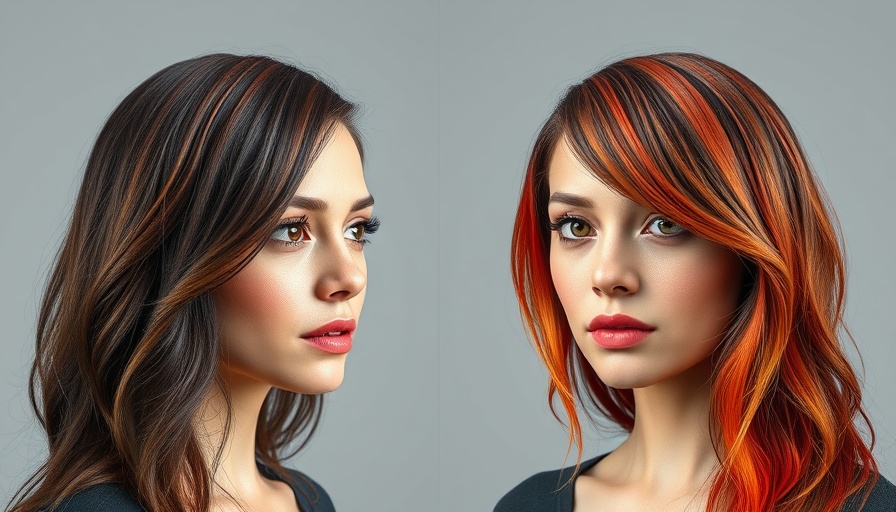
Revolutionizing Hair Rendering in Digital Media
The latest research in the rendering of hair in digital media is set to change the game for gamers and developers alike, as outlined in the recent video titled Why Gamers Will Never See Hair The Same Way Again. This breakthrough not only highlights impressive advancements in graphics but showcases innovative techniques that utilize minimal data storage while maximizing visual fidelity.
In the video titled Why Gamers Will Never See Hair The Same Way Again, groundbreaking advancements in hair rendering techniques are discussed, prompting us to explore their significant implications.
A Leap Forward in Graphics Technology
Let's dive into how this new method works. Traditionally, rendering hair in digital media has relied on meshes—collections of polygons—that struggle to accurately and efficiently represent the vast number of individual strands. This technique typically demands enormous amounts of computational power and storage capacity.
However, the pioneering approach discussed in the video shifts focus from storing countless individual hair strands to using a simplified "hair mesh." This mesh serves as a blueprint for generating hair dynamically on the Graphics Processing Unit (GPU). The innovation is stunning: it allows for the creation of up to 100,000 hair strands in real-time, at an astonishing rate of 500 frames per second, all while consuming only about 18 kilobytes of data per model. To put that in perspective, that's roughly equivalent to the storage space required for a single second of music.
Dynamic Hair Generation: The Mechanics Behind the Magic
As the video explains, this technique effectively allows for on-the-fly generation of hair by creating 3D textures based on the meshed blueprint. Rather than pre-rendering all strands—which would take up immense storage—this method generates hair strands as needed and discards them after each frame is rendered. This not only conserves memory but enhances frame generation speed. In essence, developers now have a hyper-efficient hair factory operating right within the graphics card.
This innovative technique also opens the door to implementing level-of-detail systems that automatically adjust hair strands' complexity based on the character's distance from the camera. This adaptability maintains high visual quality while optimizing performance.
Why This Matters to Gamers and Developers
For gamers, this means experiencing breathtaking visuals without the heavy performance bottlenecks that typically accompany high-detail graphics. Imagine immersive environments where lush hairstyles sway naturally with character movements—now a reality thanks to this research.
For developers and business owners in the gaming sector, this advancement signifies a monumental leap toward creating rich, lifelike characters without exponentially increasing workload or storage demands. Understanding such technological developments can provide a competitive edge in game design and user experience.
Looking Ahead: The Future of Graphics Rendering
As we consider the future trajectory of digital media, breakthroughs such as this hair rendering technology beckon a new era of visual storytelling in gaming and beyond. Innovations previously deemed impossible are now feasible thanks to creativity and scientific inquiry combined.
Yet, it raises an intriguing question: What other realms of digital representation can be improved using similar principles? As more fields embrace this blend of artistry and technology, we may witness enhanced experiences across various platforms.
Call to Action: Stay Connected
If this groundbreaking research excites you, consider exploring the demo highlighted in the video. Engaging with these technologies not only fosters appreciation but ignites curiosity about future applications. Follow updates, share insights with peers, and stay connected to the evolving world of digital graphics.
 Add Row
Add Row  Add
Add 




Write A Comment